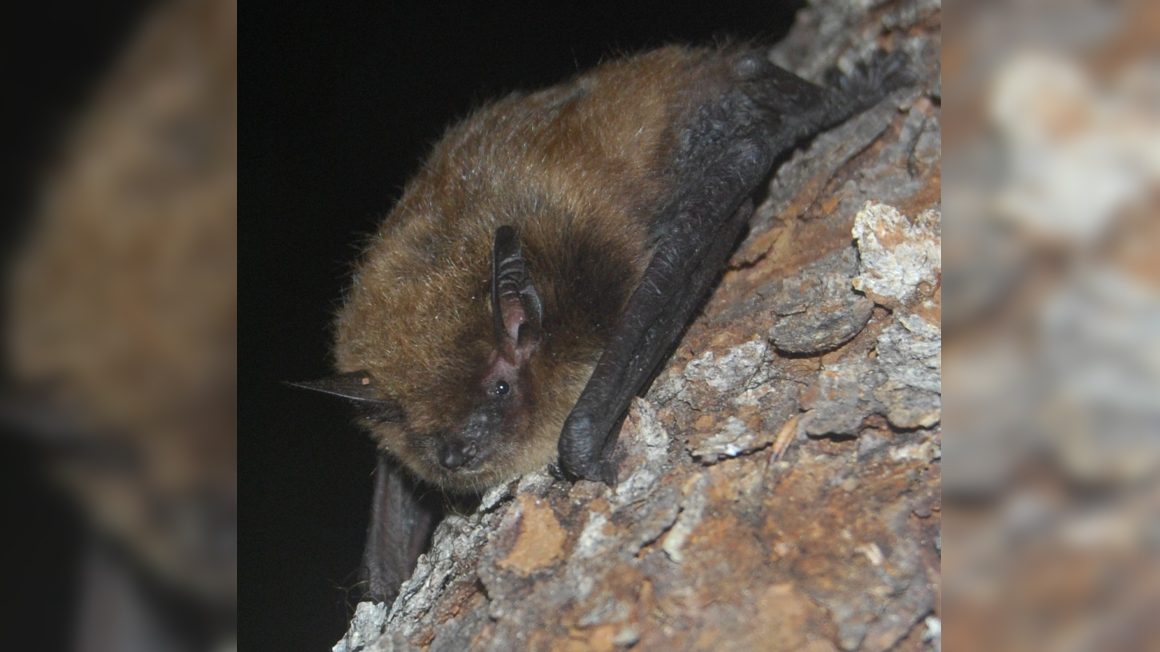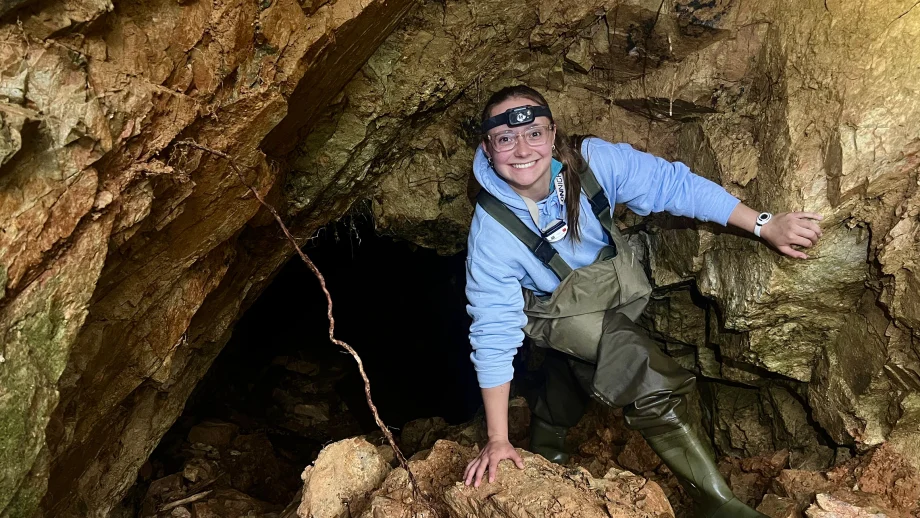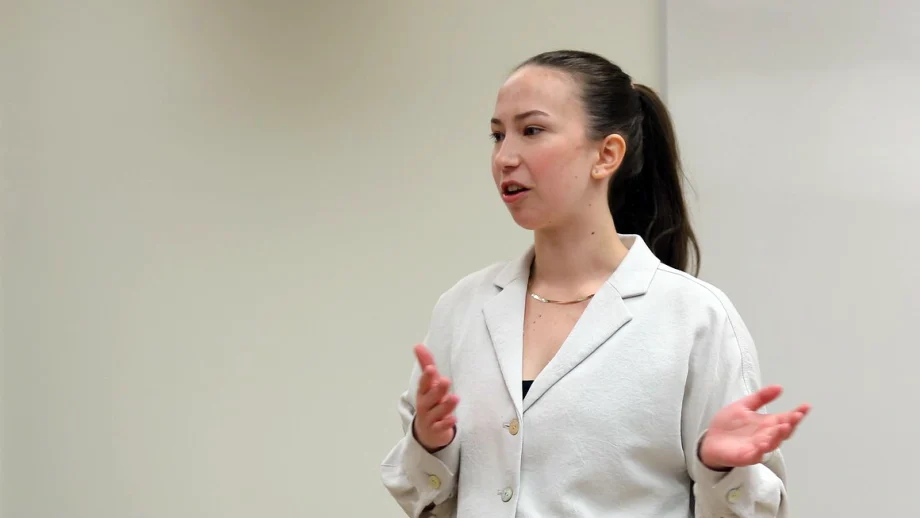The University of Winnipeg Bat Lab, led by biologist and bat specialist Dr. Craig Willis, will host the 51st annual meeting of the North American Society for Bat Research (NASBR) in Winnipeg from Wednesday, October 11 to Sunday, October 15.
This will be the first time NASBR has convened in Winnipeg, and only its second time in Canada in more than 20 years. Over 330 scientists from around the world will gather to share their research on bats and conservation.
The conference will begin with a welcome reception at the Canadian Museum for Human Rights. Other events include the Spallanzani curling fundraiser, student mixer, LGBTQ+ community social, diversity breakfast, mentor lunch, and banquet.
Bats are incredibly diverse, as well as ecologically and economically important, but their populations around the world, including in Manitoba, are in trouble.
Dr. Craig Willis
The conference will close with a special two-part outreach event on October 15 at FortWhyte Alive that includes a morning session for educators and an afternoon session open to the public.
“The morning session at Fort Whyte is going to be a great opportunity for local educators and scientists to learn new skills for communicating aspects of science to a variety of audiences,” said Dr. Willis. “The afternoon session will show folks that bats are a great entry point for getting people excited about science and conservation.
Free session open to public
The morning session will feature NASBR and local scientists and educators in a workshop aimed at improving their science communication skills. The session will include artist, photographer, and educator Heather Hinam and CTV personality, evolutionary biologist, and science journalist Dan Riskin.
The afternoon public session will feature an action-packed, bat-themed afternoon, free for all visitors to FortWhyte, led by NASBR scientists. Visitors will learn about local bats, create art, meet live bat predators from Wildlife Haven Rehabilitation Center, and take a virtual reality tour of Bracken Cave Preserve in Texas, home to millions of Mexican free-tailed bats.
“We’re really ecstatic to be hosting NASBR for the first time in Winnipeg,” said Dr. Willis. “Bats are incredibly diverse, as well as ecologically and economically important, but their populations around the world, including in Manitoba, are in trouble. So it’s a real win for us to attract so many of the world’s top experts on bats to share their research and help make progress on many of the conservation challenges bats are facing.”
The UWinnipeg Bat Lab studies many aspects of the biology of bats and is especially focused on questions about disease ecology, hibernation biology, and conservation. Its work is funded by a range of agencies including the Natural Sciences and Engineering Research Council, Environment and Climate Change Canada, the U.S. Fish and Wildlife Service, and the Ontario Species at Risk Stewardship Fund.
NASBR promotes the study and conservation of bats by facilitating communication and collaboration among scientists, educators, and the general public. The society holds an annual meeting called the North American Symposium on Bat Research, usually in October.





